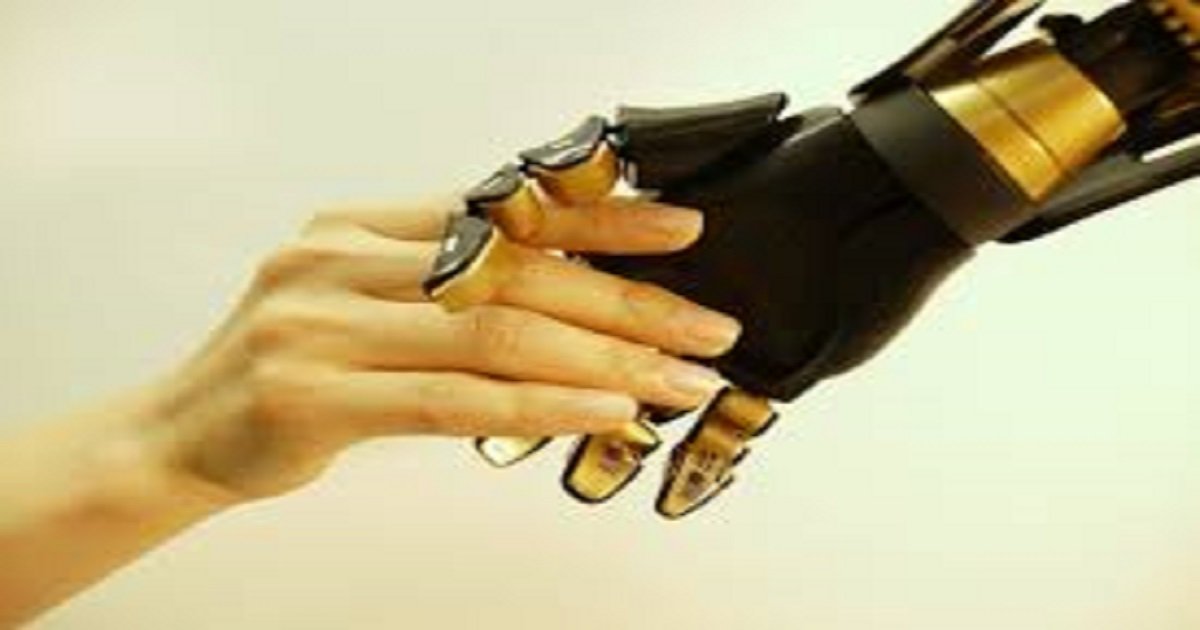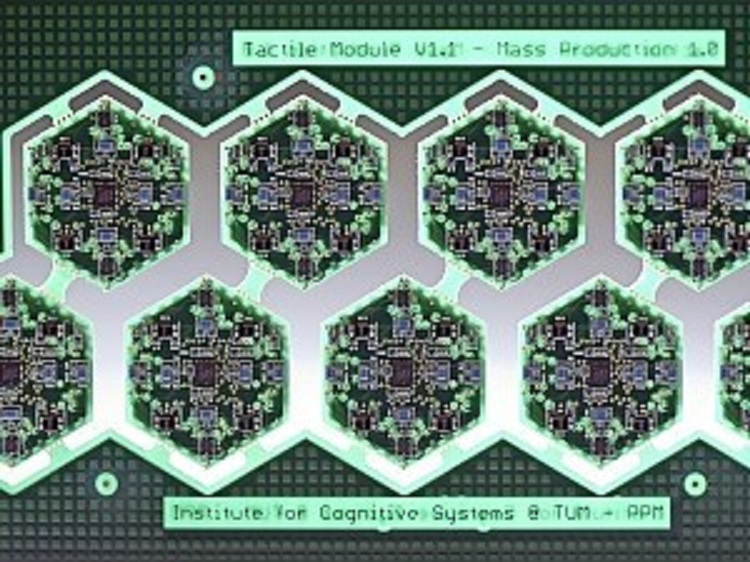Researchers from the Technical University of Munich (TUM) not only created the first-ever autonomous humanoid robot but also fitted it with full-body artificial skin that is controlled by a system of control algorithms.
This will allow robots fitted with this technology to sense their own bodies and their environment.
This will lead to greater safety among humans since these robots will be able to more accurately navigate through the use of their senses. This means unwanted contact and accidents can be easily avoided.
Watch to learn more about this exciting news.
[rumble video_id=v5omk5 domain_id=u7nb2]
Video credit: Rumble
The artificial skin is composed of hexagonal cells about one inch in diameter. Each of the cells has a microprocessor and sensors that detect acceleration, contact, proximity, and temperature. The actual skin cells were actually created ten years ago by Prof. Gordon Cheng, a Professor of Cognitive Systems at TUM and part of the team that created the humanoid robot, but the new systems that were developed unlocked the full potential of the artificial skin.
The team published their research in Proceedings of the IEEE.
One of the major hurdles the team faced was computing capacity for the artificial skin. The human skin has roughly 5 million receptors which are challenging to recreate in robots. The sheer volume of data generated by that many sensors can overload systems.
To work around this, the TUM team elected to focus on events rather than monitoring the skin constantly. This reduced the workload by as much as 90%. This way, the individual cells only transmit information when a change has been detected.
The robot Prof. Cheng and his team used the artificial skin on is called H-1. It contains 1,260 cells and greater than 13,000 sensors. With sensors on the upper body, arms, legs, and soles of the feet, the robot can move even along uneven surfaces and balance on one leg. It can also safely hug a human, which is a big deal.
“This might not be as important in industrial applications, but in areas such as nursing care, robots must be designed for very close contact with people,” Gordon Cheng explained.
Even if some of the cells stop working, the system is versatile enough that the rest of the system can still function.
“Our system is designed to work trouble-free and quickly with all kinds of robots,” says Gordon Cheng. “Now we’re working to create smaller skin cells with the potential to be produced in larger numbers.”
Replaced!




